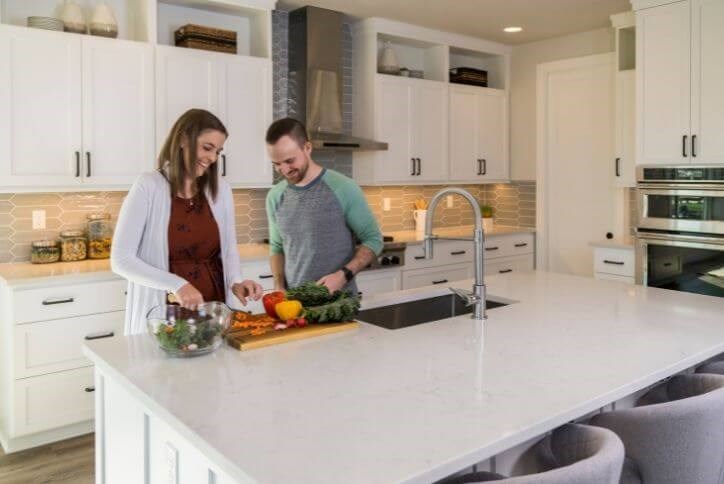
17 May . 2021
When to Plant Summer Veggies for a Fall Harvest
Yes, you can plant during the summer in Oregon! There are few feelings more rewarding than serving loved ones fruits and vegetables from your own garden. Luckily, here in Northwest Oregon, our mild winters offer a year-round harvest but the success of this harvest hinges heavily on getting the plants in the ground at the appropriate time.
Gardening in the summer for a fall harvest can be a bit more challenging than spring planting, as you’re in a race for your plants to mature and be harvested before the winter frosts in Oregon begin, historically near November 15. Obviously, this means you’ll need to calculate how much time each variety needs between planting and picking. It’s helpful to keep a journal as numbers vary widely between different varieties of the same kinds of plants. Usually the "Days to Harvest" are present on the seed packet, although it’s important to remember that these are just a starting point and you’ll have trial and error along the way as you learn.
Plant by August 2nd
For crowd-pleasing hot weather veggies like watermelons, beans, cowpeas, corn, squashes, pumpkins, cucumbers, gourds and sunflowers, you should plant those seeds directly into the ground around August 2.
Plant by August 7th
Most tomatoes, eggplants and pepper require around 100 days to harvest, therefore you'll want to transplant the seedlings into the ground around August 7.
If possible, plant your crops in the morning or evening when it’s cooler and make sure to monitor your soil closely so it doesn't dry out. Water daily, twice if it's especially hot. Try to focus on the top couple of inches of dirt where your seeds are germinating and the small root systems of new plants are getting off to a start. After planting, use a water-soluble fertilizer on the transplants to establish them in their new home.
If the summer weather is blistering hot which, let’s face it, is happening more and more lately, you may have to add a very lightweight fabric shade that allows light and water through but helps keep plants from burning. Some crops like carrots, beets and direct-seeded greens don't mind having the cloth placed right on top; bigger crops like broccoli and peppers like the cover stretched a bit above the actual plant.
To make the most of your garden real estate, try allocating half of your garden space for summer crops like tomatoes, beans and cucumbers and the other half for cool season, fall crops like kale, scallions, carrots, beets and lettuce.
For further information check out the detailed seasonal planting plans from our friends at Portland Edible Gardens. Enjoy the (literal) fruits of your labor and happy gardening!

